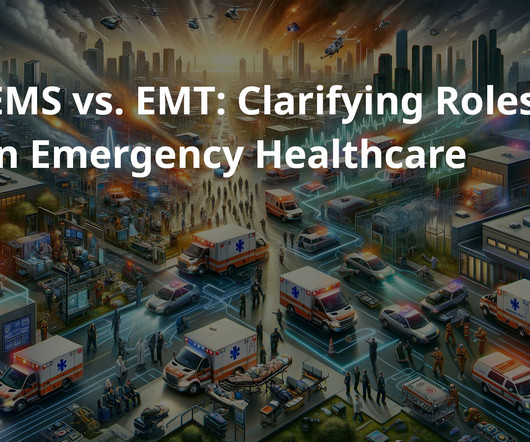Simulation Training as a Strategy for Workforce Retention in EMS
JEMS
JULY 3, 2025
Abelsson (and cowriters) explores a comprehensive review of simulation in prehospital care, emphasizing its vital role in training EMS professionals to manage high-stakes situations such as trauma, intubation, and cardiac emergencies. 7 The ethical aspect of SBT is also highlighted in the literature.











Let's personalize your content